As an e-commerce owner, you must have seen a customer visit your website, search for products, and add them to the cart, but at the last moment of purchase, they go back and disappear.
One of the major issues that most D2C brands are facing nowadays is cart abandonment. This customer practice can occur for various reasons, but it can be prevented when you know why it happens and adopt the right strategies.
In this blog, we will discuss the "15 Top Reasons for Cart Abandonment and How to Reduce It" with proper strategies and fixes.
What Is Cart Abandonment?
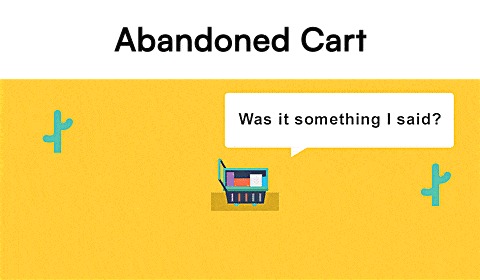
Cart abandonment is simply when a customer adds products to their shopping cart on your website but leaves it without completing the purchase.
According to the Baymard Institute, the average cart abandonment rate across industries is 70.19% - meaning nearly 7 out of 10 potential customers leave without buying. For Indian e-commerce, this number can be even higher due to unique market challenges.
E-commerce stores lose approximately $18 billion or ₹1.49 lakh crore in sales revenue annually because of cart abandonment globally.
To understand this more, we can take the help of a formula that is used by major brands to know their cart abandonment rate.
How to Calculate the Cart Abandonment Rate?
A simple formula to calculate the cart abandonment rate:
Cart Abandonment Rate = (1 – (Number of Completed Purchases ÷ Number of Shopping Carts Created)) × 100
Top Reasons for Cart Abandonment (for India's E-commerce)

To increase your sales, it is essential that brands know the reason behind the dropping customer base. Here are the top reasons for cart abandonment that you should know:
1. Unexpected Costs & Hidden Fees
This is one of the major reasons for cart abandonment, accounting for a major proportion of the other reasons. Research shows that 48% of online shoppers leave their carts because of unexpected extra costs like shipping, taxes, or handling fees.
In India, this is particularly problematic because:
- Customers are price-sensitive and budget-conscious
- Most of the customers expect free shipping
- GST calculations can confuse customers if not clearly displayed
Imagine a customer finds a ₹1,000 product, adds it to the cart, only to discover ₹200 shipping + ₹180 GST at checkout. That ₹1,000 purchase suddenly becomes ₹1,380 - a 38% increase! So, definitely, he will drop out.
But with Pragma, brands can display transparent pricing early in the checkout process, including COD-to-prepaid conversion options. This helps to reduce surprises and increase conversion rates.
2. Mandatory Account Creation
Many times, when a customer visits a site and gets a pop-up to create an account first, they get frustrated and drop off immediately. According to the industry data, 25% of people leave their cart if they have been asked to create an account first.
Why does it happen in India?
- First-time buyers don't want to share personal information
- Customers prefer quick, one-time purchases
- Fear of spam emails and promotional messages
- Does not want to remember those piles of passwords
- Don't have much time to spend on the unnecessary registrations
With Pragma Guest Checkout, this problem can be solved as it allows customers to complete purchases without creating accounts
3. Complicated Checkout Process
If a D2C brand has a very lengthy and complicated checkout process, the customer gets irritated and presses the back button. Studies show that 17% of customers abandon carts due to complicated checkout flows.
Common issues in Indian e-commerce:
- Too many form fields to fill (asking for unnecessary information like gender, age)
- Multiple pages for a simple purchase (ideal checkout should be three screens maximum)
- Unclear navigation between steps
- Confusing button labels and unclear next steps
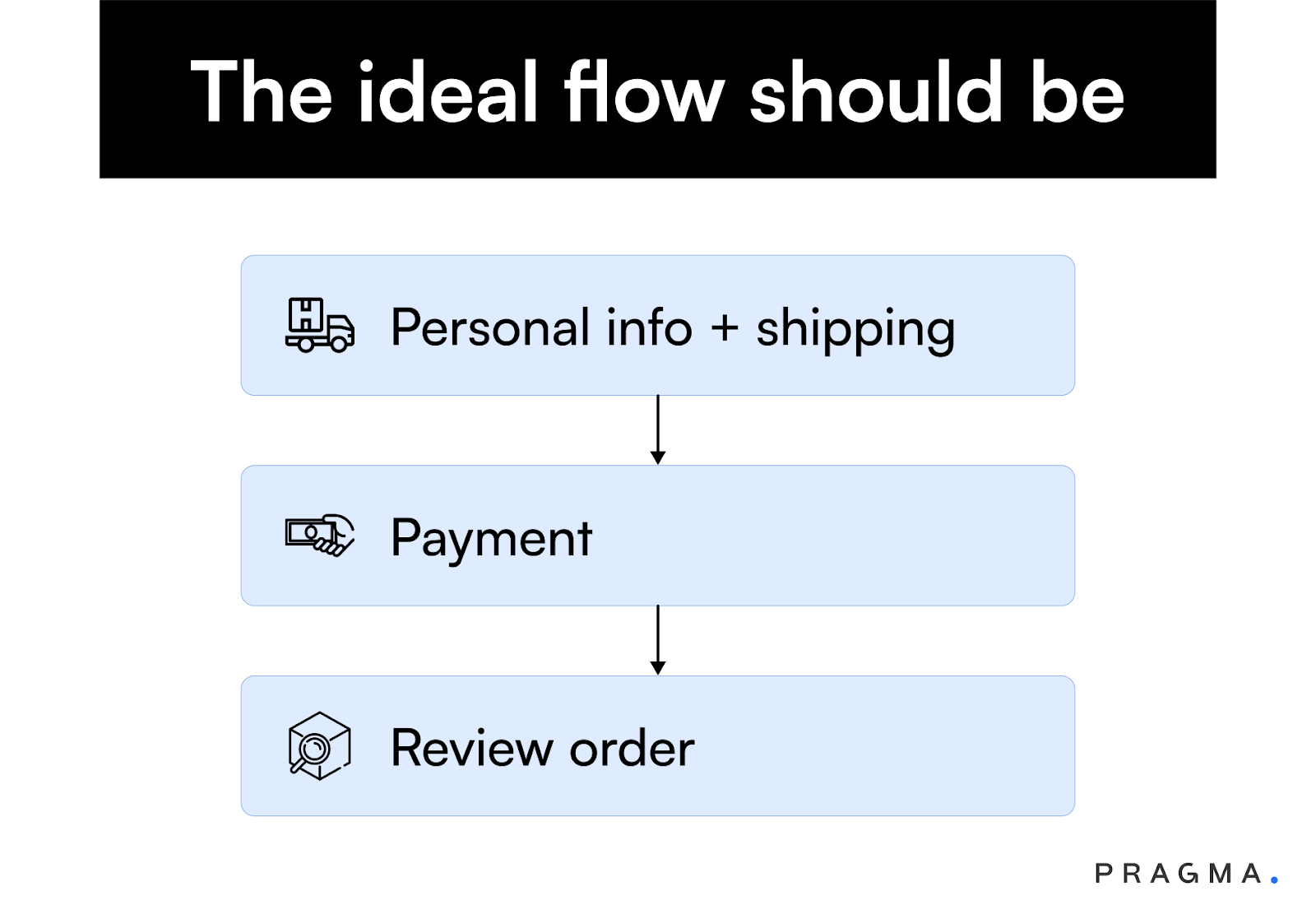
But this problem can be solved through Pragma’s 1 Checkout. It helps brands make their checkout process easy. With its help, they can simplify checkout to under 10 seconds, with a clean, minimal process, reducing drop-offs caused by lengthy forms.
4. Payment Security Concerns
This is one of the top reasons for cart abandonment, especially for new brands. Customers trust every brand to give money through their platforms, as they feel it's risky to enter card information on their site. For this reason, nearly 19% of customers abandon their carts just because they have a security concern.
In India, trust issues are heightened by:
- High cases of online fraud
- Preference for cash-on-delivery options
- "N" number of unknown brands
And such things make it difficult for brands to cope with. Therefore, to reduce such things, Pragma provides order verification and secure payment options, ensuring safer transactions and boosting customer trust.
5. Poor Website Performance & Technical Errors

Over 90% of Indian internet users access websites via mobile, and if it gives the user a poor experience, then it is a big loss to the brand. Because just at the starting process, the customer finds it difficult to browse their website, and till the checkout, they just drop the idea of purchase.
These technical issues can be:
- Slow loading pages
- Checkout crashes
- Poor mobile optimisation
- No Responsive Design
- Payment gateway failures and timeouts
- Server Down Issues
6. Inability to Calculate Total Cost
When customers can't see the total cost until the final checkout step, with the fear of payment deduction, they just go back and leave the cart as it is.
7. Slow or Unclear Delivery Times
When a customer is unable to see where the product will be delivered, at an early stage, he changes his mind and leaves the cart.
What are the major delivery challenges in India?
- Unclear estimated delivery dates
- Long delivery windows
- No same-day or next-day delivery options
- Delivery time is only shown at checkout
- No delivery tracking information provided
8. Limited Payment Options
11% of customers abandon when their preferred payment method isn't available. Every D2C brand needs to offer multiple payment options. It becomes the reason for cart abandonment when brands don't provide the following:
- Missing popular Indian options like UPI, Paytm, PhonePe
- No Buy Now, Pay Later (BNPL) options
- No Cash on Delivery Option
- Limited credit/debit card acceptance
- No digital wallet integration
With the help of Pragma’s 1 Checkout, brands can access all the latest payment options in one place. And this helps them to reduce their cart abandonments that arise from this issue.
9. Unclear or Restrictive Return Policies
When a shopper did not find clear return policies while buying the product, it came as a red flag, and the customer dropped the idea of shopping for it. Here are some of the reasons for cart abandonment due to return policy issues:
- Policies buried deep in the website footer
- Complex return procedures
- Short return windows
- Customer pays return shipping costs
But Pragma also helps here; Pragma’s Return Management System (RMS) automates refunds, exchanges, and makes return policies transparent, building trust and reducing hesitation to purchase.
10. Out-of-Stock Items at Checkout

Nothing frustrates customers more than discovering items are unavailable after going through the shopping process. And these issues occur due to the inventory management failures, such as:
- Real-time inventory is not updated
- Items show as available but are actually out of stock
- No low-stock warnings
11. Lack of Social Proof and Reviews
An e-commerce site that does not provide real reviews and ratings will have a higher percentage of abandoned carts. Because every shopper wants to get real images and reviews before making the purchase decision. These elements can affect the customer's decision:
- No customer reviews on product pages
- Missing star ratings and testimonials
- No user-generated content or photos
12. No Discounts or Incentives Available
Price-conscious Indian consumers often look for deals, offers, and discounts before making purchases. If they think that they are getting no discounts, they will just switch to other brands that give them discounts.
13. Comparison Shopping and Price Research
Just for the sake of seeing prices and comparing them, people add products to their carts and buy from the one that is cheap and leave the other one.
14. Waiting for Better Deals or Sales
Sometimes customers add the product to their carts, but suddenly think that there will be a sale in the upcoming month, then just leave the cart behind.
15. Window Shopping and Browsing Behaviour
58.6% of customers are just browsing without immediate purchase intent, especially during sale seasons. They just want to check new styles and pricing of the products.
Through abandoned cart recovery campaigns on WhatsApp Business Suite, Pragma helps to re-engage window shoppers with reminders, promotions, and urgency-based messages.
Why These Issues Matter for Retailers
Lost Revenue and Negative ROI
Cart abandonment is one of the reasons for revenue losses to the brands. As each order that can be placed will boost the sales, but when the customer leaves the cart, it is directly linked with a loss of revenue.
Moreover, retaining a customer and making repeat purchases can increase the customer's lifetime value. A single transaction might seem minor, but addressing abandonment issues can lead to higher retention rates and longer-term customer relationships.
Poor UX Leads To Negative Brand Perception And Repeat Purchases
When a customer visits a website, he wants everything to be smooth, but when he gets a bad user experience, it creates a negative impact on the brand. This might result in the following things:
- Customers who have bad experiences are unlikely to return
- Negative word-of-mouth and reviews
- Reduced brand trust and loyalty
- Lower customer lifetime value
Waste of Marketing Expenditures
An e-commerce brand spends a lot on marketing on different channels to increase their sales, but when they get consistently abandoned carts, the means of this expenditure are wasted.
How E-commerce Brands in India Can Fix Cart Abandonment Issues- How to Reduce Cart Abandonment Rate?
1. Transparent Pricing
One of the top reasons for cart abandonment is the lack of transparency in pricing. This is the first thing that brands should have a tight look at. Every brand must provide transparent pricing at every phase of checkout, which will help to build reliability among customers.
2. Guest-Friendly Checkout
As nobody wants to do unnecessary check-ins and logins, by providing guest-friendly checkouts, brands can decrease their cart abandonment rate.
What they can provide to customers:
- Offer guest checkout options (don't force account creation)
- Reduce form fields to essentials only - if you don't need it, don't ask
- Use single-page checkout when possible
- Provide auto-fill information where possible
Using Pragma’s 1 Checkout, brands can assess all these features.
3. Technical Performance & Mobile UX Enhancements
The website is like your shop that customers are visiting, and it should perform well; there should be no gaps that a customer feels disappointed. Brands should focus on:
- The website load time should be under 3 seconds
- Optimise images and compress files
- Use Content Delivery Networks (CDNs)
- Regular performance monitoring and testing
- Minimise plugins and scripts that slow down pages
- Implement lazy loading for images
4. Writing Proper Return Policies
Each D2C e-commerce brand should write their return policy in clear, easy words, which directly states the stipulated time of return, what items can be returned, and which cannot be. Not only should they write them properly, but they should also display them in the right place so the customer does not have to find them.
5. Add Customer Reviews and Ratings
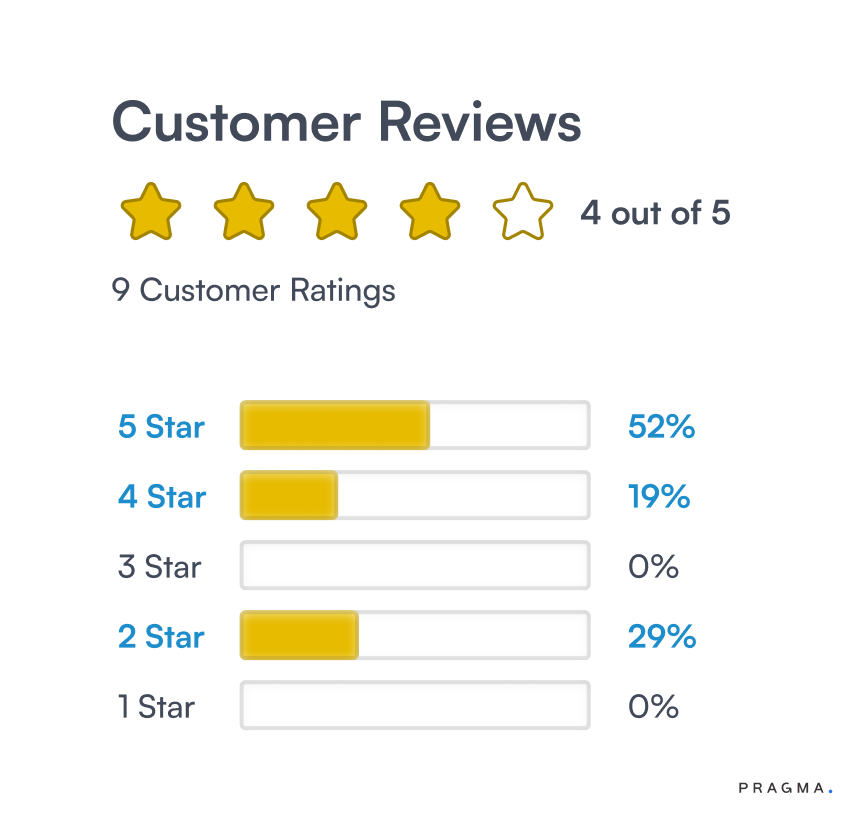
By adding real customer reviews on the product pages, brands can decrease their cart abandonment rates, as it helps to build trust among customers that the product is genuine and of good quality.
6. Making the Checkout Clean and Directional
Brands should provide easy and clean checkout; there should be no distractions on the checkout page, only necessary things should be mentioned, and clear CTAs and buttons should be placed.
7. Automation & Retargeting Strategies
Automation and retargeting make it easier to bring back customers who leave items in their carts. Automated emails or messages remind them, sometimes with a small offer or discount. Retargeting ads then show these same products on platforms like Facebook or Google.
8. Providing Various Payment Methods
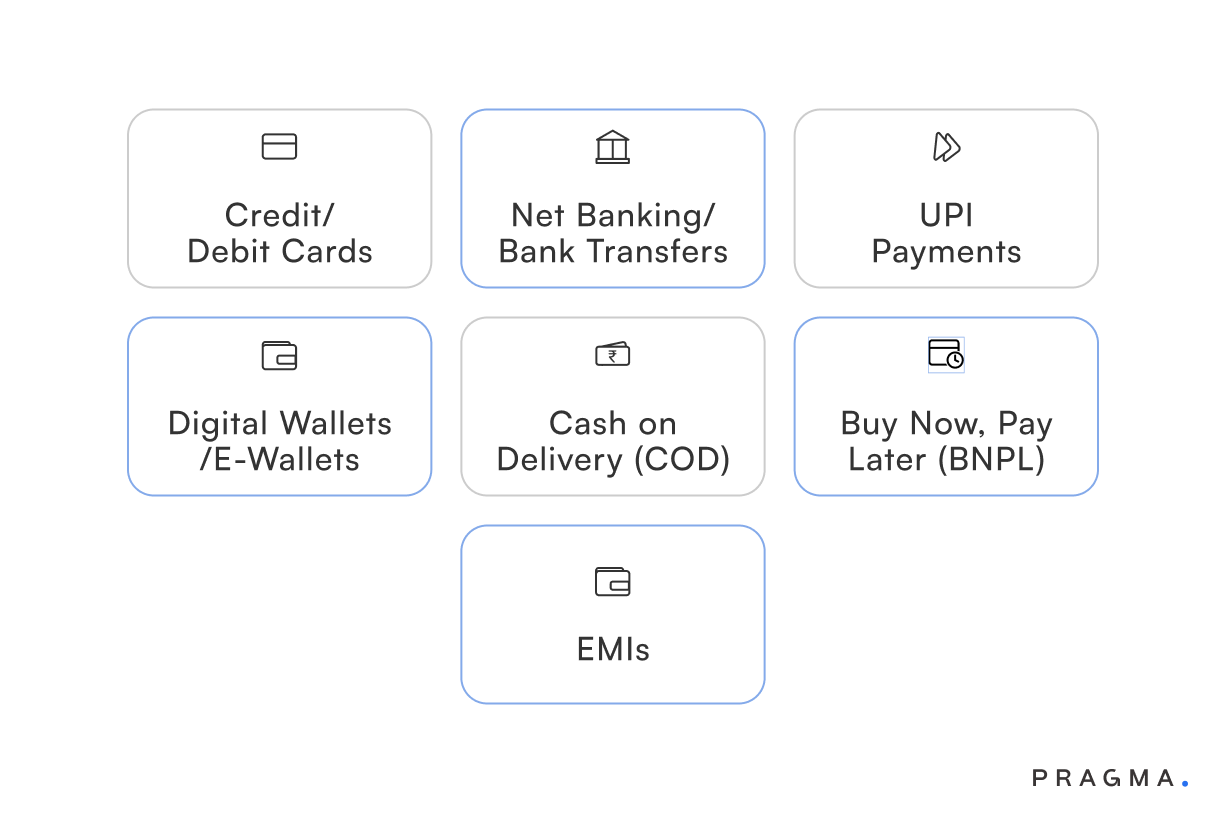
To reduce cart abandonments, brands should provide multiple payment options because people sometimes want COD, and sometimes they prefer UPIs. So, if a brand does not have multiple options, it will be a drawback for them. Therefore, Pragma aims to facilitate all the latest payment options to help brands in increasing their sales and reducing cart abandonment issues because of fewer payment options.
To Wrap It Up
So, to summarise here, all we want to say is that cart abandonment is a major issue for every D2C brand, but taking it as a whole loss is not a good option. Brands should focus on the reasons for cart abandonment and work on the strategies to reduce and prevent them.
By working on the strategies mentioned above, brands can reduce their cart abandonment rate, increase their sales and build better customer relationships.
Also, Pragma is designed to help D2C brands tackle cart abandonment directly. With our 1Checkout, Omnichannel CRM and others, brands can easily tackle this challenging issue in Indian e-commerce.

FAQs (Frequently Asked Questions On 15 Top Reasons for Cart Abandonment: + How to Reduce It)
1. What is the average cart abandonment rate in e-commerce?
Globally, the average is around 70.19 %, according to the Baymard Institute.
In India, many shoppers abandon carts due to friction during checkout, unexpected charges, and lack of trust.
2. What are the top reasons shoppers abandon their cart?
The most common reasons include:
- Unexpected costs (shipping, taxes, additional fees) – approximately 48 % of shoppers abandon when these appear at the end.
- Complicated or lengthy checkout process – too many steps or unnecessary fields.
- Lack of trust or credibility – missing SSL certificates, no contact details, unclear returns policy.
- Limited or inconvenient payment options – restricted UPI, wallet, or EMI choices, or failed payment gateways.
- Slow website or mobile performance – poor loading times or unresponsive design.
- Mandatory account creation – forcing users to register before checkout causes roughly 24 % to drop off.
- Unclear or restrictive return policy – uncertainty about returns or exchanges makes shoppers hesitate.
- Browsing or comparison behaviour – many users add items simply to explore or compare before deciding.
3. Do the reasons vary by product category (for example, fashion)?
Yes. In fashion and apparel:
- Uncertainty around fit or size is the leading factor.
- Hidden delivery charges increase abandonment rates.
- Unclear size guides or misleading product imagery reduce buyer confidence.
4. What strategies can help reduce cart abandonment?
- Display all costs upfront – no last-minute surprises.
- Simplify checkout – fewer fields, guest checkout, and auto-fill support.
- Show trust badges, reviews, and money-back guarantees.
- Offer diverse payment options (UPI, wallets, cards, BNPL).
- Optimise the mobile experience and page speed.
- Use cart recovery flows via WhatsApp, email, or SMS.
- Provide live chat or FAQs at key purchase moments.
- A/B test checkout layouts and progress indicators.
With 1Checkout by Pragma, Indian D2C brands can enable faster, cleaner, and prepaid-friendly checkouts, reducing drop-offs where most RTO-prone COD orders originate.
5. Has Indian consumer behaviour revealed unique cart abandonment trends?
Yes.
- Indian shoppers are highly price-sensitive, especially in Tier-2 and Tier-3 cities.
- Trust remains the biggest barrier — new D2C brands often lose customers at the payment stage.
- Payment failure rates are higher than in developed markets due to gateway downtime and network issues.
- COD preference also contributes — many add to cart but hesitate to commit without a prepaid incentive
Talk to our experts for a customised solution that can maximise your sales funnel
Book a demo


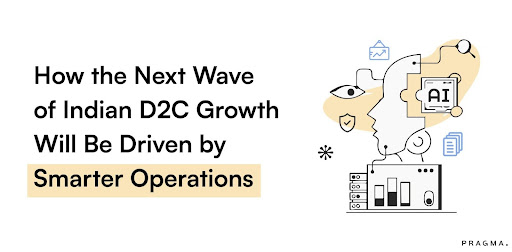
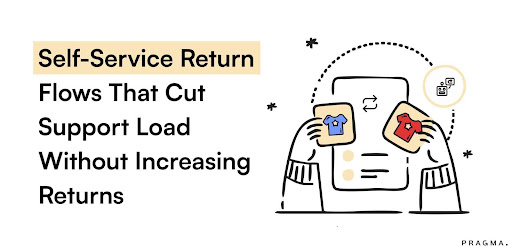
.png)